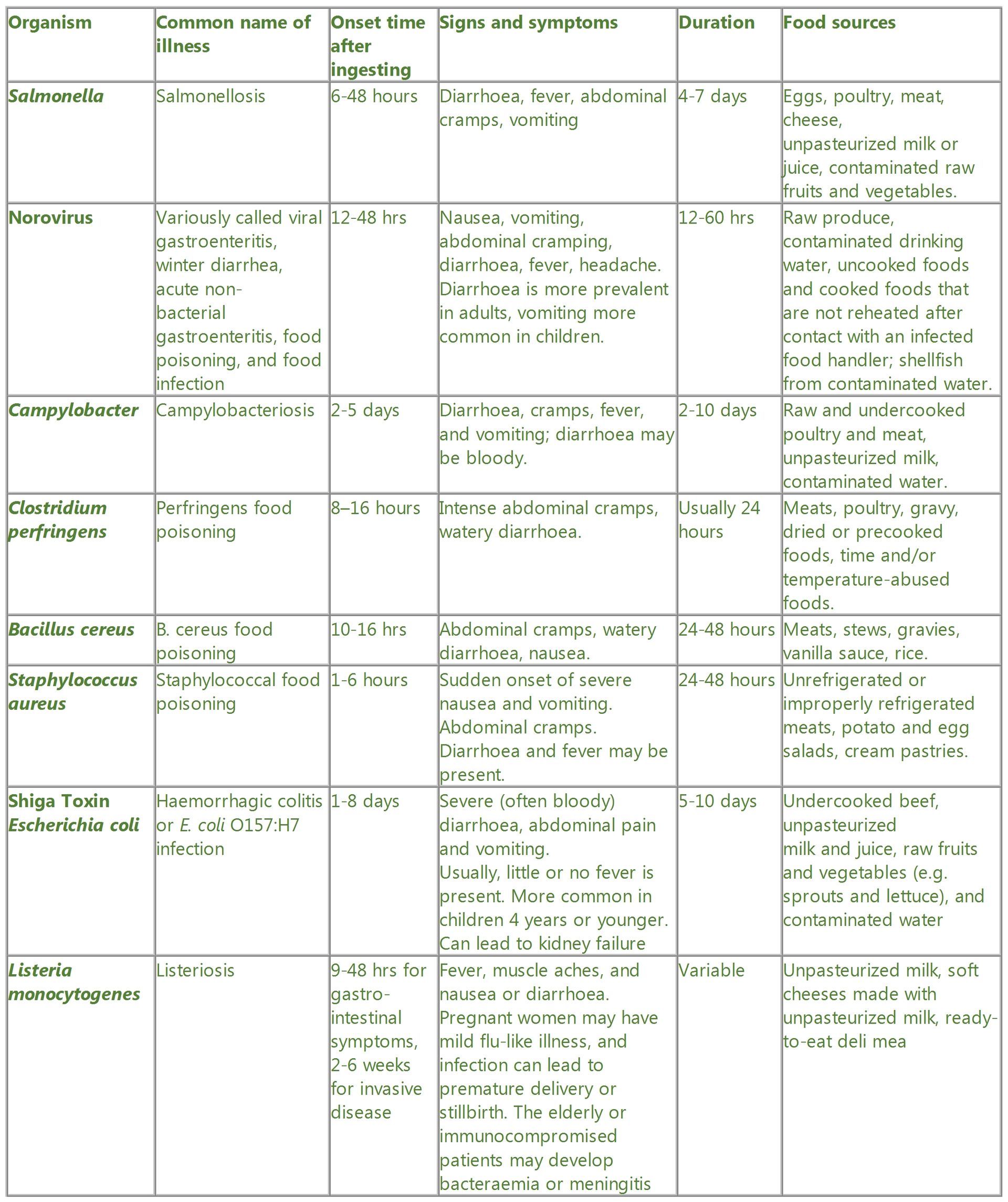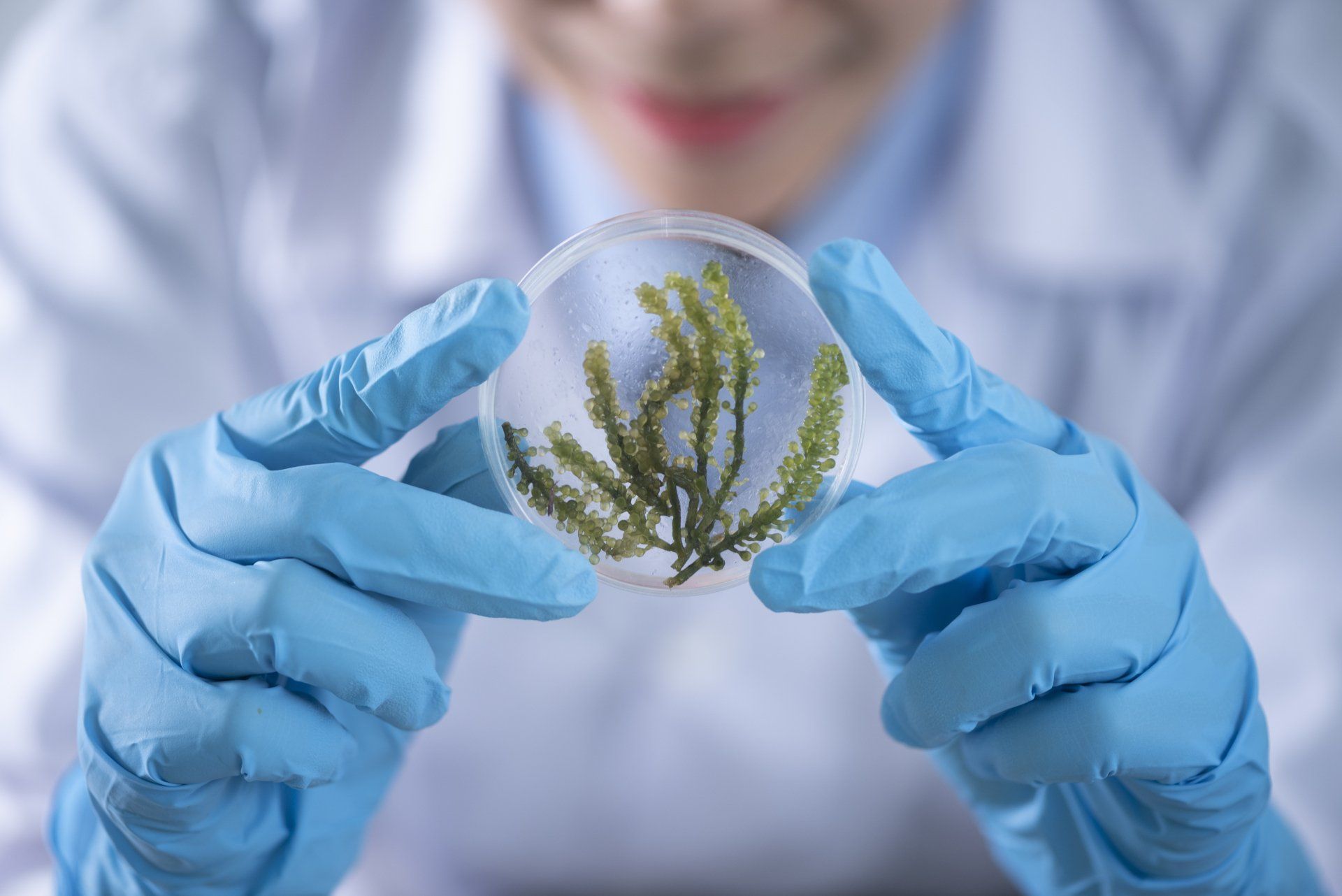Centers for Disease Control and Prevention (CDC) detect and respond to health threats arising from different sources in the United States. Data reviewed late 2022 identified in chronological order the Norovirus, non-typhoidal Salmonella, Clostridium perfringens, Campylobacter
and Staphylococcus aureus
as the top 5 pathogens causing foodborne illnesses. The non-typhoidal Salmonella
is ranked 1st at causing hospitalisations and resulting into death cases in the U.S.
The European Food Safety Authority (EFSA) collect, appraise and integrate scientific evidence to answer questions about risks on the food chain – from farm to fork. Its report for the 2016 to 2021 period showed that leading microbiological causative agents for human foodborne illnesses, and hospitalisations, were due to Salmonella
infections followed by Norovirus, Campylobacter, Clostridium perfringens toxins, Bacillus cereus
toxins and Staphylococcus aureus
toxins. Histamine and scombrotoxin as well as Shiga toxin producing E.coli
(STEC) were also found to be important causative agents of illness. Listeria monocytogenes
play a significant role in foodborne pathologies as well.
The Table 1 below shows the common microorganisms and the associated pathologies. While we work on how to supply enough food for the growing world population, we also need to ensure the food safety. It is critical to be proactive in risks analysis and corrective action implementation to prevent known hazards from appearing or progressing along the food chain. Appropriate education programs and infrastructure are needed as well as adequate regulatory and policy frameworks. On a broader scale, we need to review our practices into a more integrated and sustainable approach to agriculture, food logistics, industrial processing and consumption habits while having access to scientific expertise and reliable testing laboratories.





